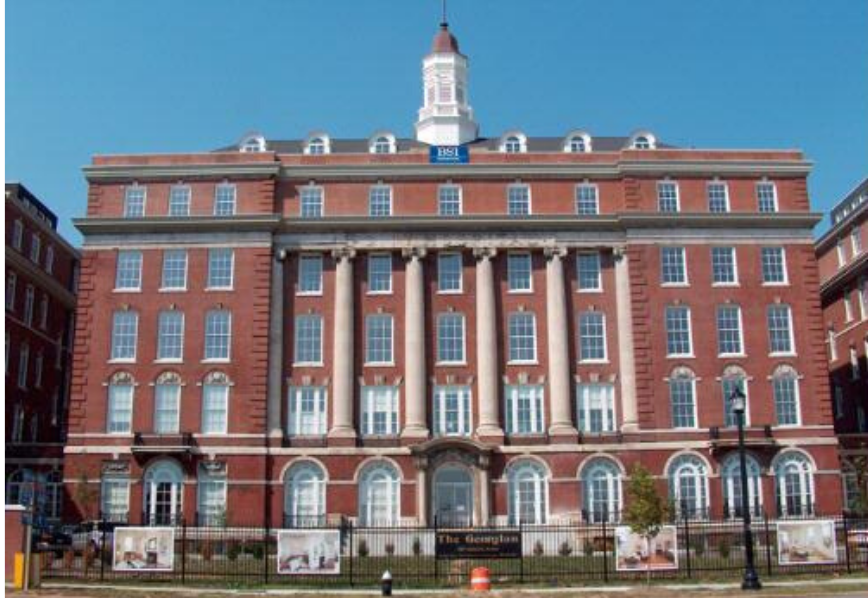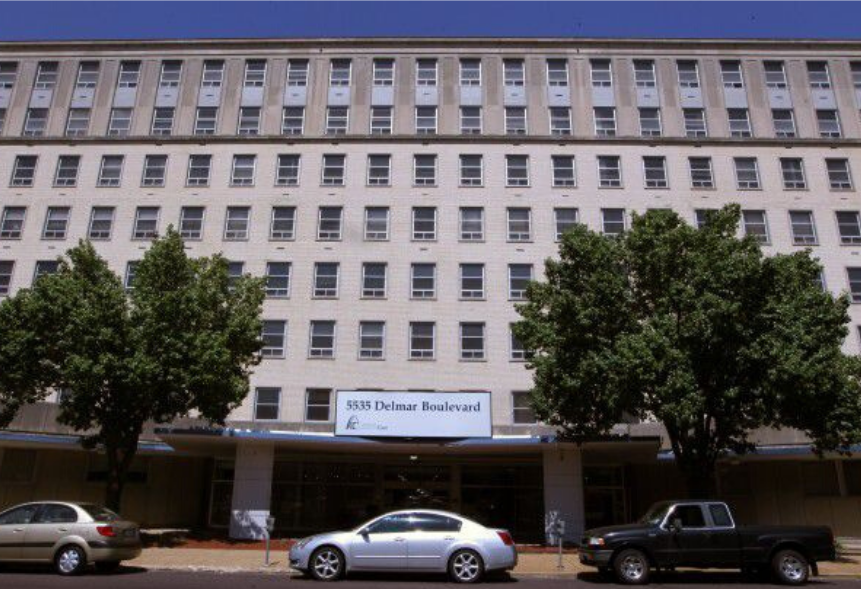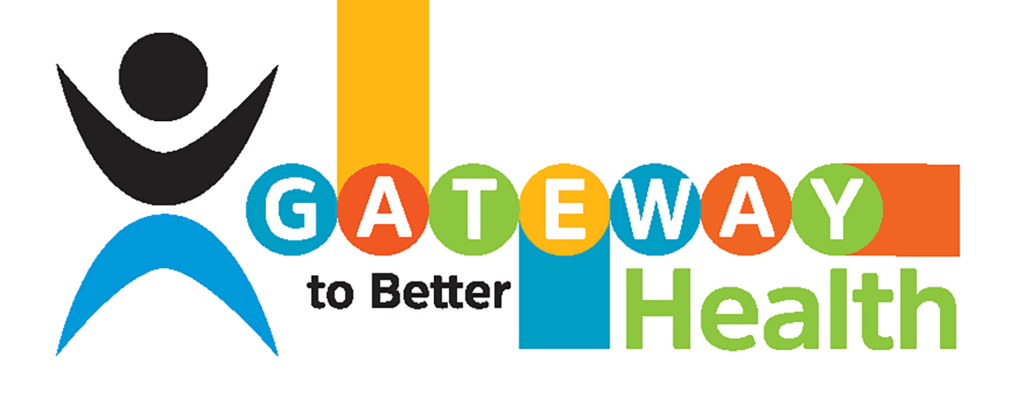1970s to 2000s – Hospital Closures Threaten Health Care Safety Net
Following the closure of the last remaining public hospital in St. Louis in 1997, the region faced a fiscal crisis jeopardizing the health care safety net, which provides access to essential health care services for people experiencing barriers to appropriate, timely, affordable and continuous health services. Developing a system to support the remaining providers in the community was vital.

Regardless of patient ability to pay, safety net health care is defined as “Those providers that organize and deliver a significant level of health care and other related services to uninsured, Medicaid, and other vulnerable populations”
Institute of Medicine (IOM), America’s Health Care Safety Net: Intact but Endangered, 2000
2001 – The Beginning

In 2001, Civic Progress, an organization comprised of the leading corporate executives in St. Louis, formed a task force to address the immediate funding crisis for the safety net. The participants recommended the formation of a Regional Health Commission, a consortium of government representatives, providers of care, and members of the community charged with developing and implementing a long-range plan to improve health care access and delivery to the uninsured and underinsured. Thus, the idea for the RHC was born.
2002 – Protecting Access
In 2002, alongside the State of Missouri, the RHC was able to implement the “St. Louis Model” to bridge the gap left by multiple hospital closures. This partnership diverted a portion of the State’s Disproportionate Share Funding (DSH) to hospitals and federally qualified health centers, ensuring continued access for low-income, uninsured individuals in the St. Louis area to primary and specialty care. The original iteration of this partnership connected funding to providers via a direct payment model.
Nearly 10 years later, effective July 2010, Centers for Medicare and Medicaid Services (CMS) approved the Gateway to Better Health Demonstration to support the St. Louis health care safety net. The Gateway Demonstration transitioned the “St. Louis Model” into a coverage model, through which thousands of low-income residents, not otherwise eligible for Medicaid in St. Louis City and County, would receive health care coverage. During its tenure, Gateway to Better Health provided up to $25 million annually in funding for primary and specialty care as well as other outpatient services. The program, originally designed as a bridge to health care reform through the Affordable Care Act, continued to be necessary in Missouri through 2022. After many years of advocacy, in August of 2020 Missouri voters were finally granted the opportunity to bring Medicaid expansion to the state via a constitutional amendment.
Through newly available expansion coverage options, all Gateway to Better Health members were reviewed and transitioned to appropriate forms of Medicaid coverage (see the RHC blog for more information). The program concluded on December 31, 2022.
Since 2012, the Gateway to Better Health program provided access to health care for 63,779 adults.
A 2014 Survey of Gateway to Better Health Patients conducted by Princeton Survey Research Associates International (PSRAI) yielded the following results. Prior to enrollment:
“It helps me pay for my medicine. I have high blood pressure and diabetes and I have no other insurance and it allows me to see a doctor and get prescriptions.”
Gateway to Better Health Member 2014
“I am very grateful and happy to be a member of Gateway to Better Health. I needed a clinic and I found a good one.”
Gateway to Better Health Member 2018
2003 – Improving Care Coordination
What began as a charge to the St. Louis Regional Health Commission to provide recommendations for improving the delivery of safety net primary and specialty care services, emerged as the St. Louis Integrated Health Network (IHN). The IHN began as an initiative to take stock of, and improve upon, health care coordination across the St. Louis region. Since that time, the IHN has implemented numerous programs to improve quality and access between health centers, hospitals, and patients in areas of highest need. Learn more on the St. Louis Integrated Health Network website.
2006 – Health Literacy Summit
The RHC was charged with creating health literacy initiatives that support the Commission’s mission, with a focus on developing recommendations for strengthening communication between providers and patients, improving patient access and navigation of the health care system, and building an infrastructure to sustain health literacy efforts across the region. This work led to the development of the RHC’s Health Literacy Task Force and the “2006 Regional Health Literacy Summit”. This summit was the genesis for Health Literacy Media, an organization that demystifies confusing health information and convoluted messaging.
2006 to 2010 – Transforming Behavioral Health
In 2006, the State of Missouri, mental health and substance abuse providers, and community advocates partnered with the RHC to begin the “Eastern Region Behavioral Health Initiative.” The group set the ambitious goal of looking beyond “how things have always been done” to engage in long-term and innovative strategic planning to improve behavioral health services across the Eastern Region of Missouri. The four-year RHC initiative ended with a final recommendation to establish a permanent structure, The Behavioral Health Network of Greater St. Louis (BHN), to continue region-wide system planning and coordination. The BHN took the reins on this work in 2010. Read the full recap of the work below.

In 2010, the Missouri Department of Mental Health (DMH) announced its intent to close the Emergency Department and a phased closure of 50 inpatient psychiatric beds at the St. Louis Metropolitan Psychiatric Center, the only public mental health hospital in the Eastern region. At that time, the RHC was commissioned to create a local plan to address issues created by the closure.
As a result of their collaboration and dedication, the St. Louis Psychiatric Stabilization Center (PSC), an acute psychiatric access center and treatment unit, opened its doors one year later in 2011 with ongoing financial support from DMH and $1.5 million in start-up funding from the RHC. As of April 2015, BJC HealthCare assumed operations and ownership of the PSC. Barnes-Jewish Hospital currently operates the facility, with medical staffing by physicians in the Department of Psychiatry at Washington University School of Medicine. The facility’s current name is the Barnes-Jewish Hospital Psychiatric Support Center.
2010 – Fostering Collaboration Among Community and University Partners

Recognizing several serious health issues in our community, and subsequently a need for change, several universities and community groups in St. Louis came together to address these issues collectively.
By working together as co-project directors in a joint research study, university researchers and community advocates knew they could find new ways to improve health outcomes, reduce health disparities, and promote health in general. BJC Healthcare, Saint Louis University, and Washington University provided $1.5 million in research funding to be administered by the Regional Health Commission through a program called the Community/University Health Research Partnerships (CUHRP). Over the course of 2010, several grants were awarded to the most promising research proposals which addressed both scientific and community needs. A second year of funding was provided to projects that demonstrated successful partnership and the framework for producing important findings.
2014 – Reducing the Impact of Toxic Stress and Trauma
In 2014, the RHC launched a public awareness campaign to address the severe, long-term health risks of toxic stress and trauma in the St. Louis region. The campaign quickly became a community-wide effort to change the question from “What’s wrong with you?” to “What’s happened to you?”. In 2017, the initiative merged into its own nonprofit organization, Alive and Well Communities, providing service across Missouri and Kansas.
2023 – Affiliation with Alive and Well Communities

On March 16, 2023 the St. Louis Regional Health Commission (RHC) and Alive and Well Communities (AWC) announced an affiliation to advance health equity across the State of Missouri and beyond. AWC became a subsidiary of RHC, effective February 24, 2023.
The RHC has adopted a new strategic plan that builds on its past successes and claims a bold vision of achieving zero health disparities. The plan calls for facilitating systems-level change guided by community members experiencing unjust health outcomes. This work with AWC will expand RHC outreach from St. Louis to Kansas City and Southeast Missouri (“the Bootheel”) where poor health outcomes and health disparities continue to persist for Missourians.
Today
Questions?
To learn more about the RHC’s History, please contact Riisa Rawlins.







